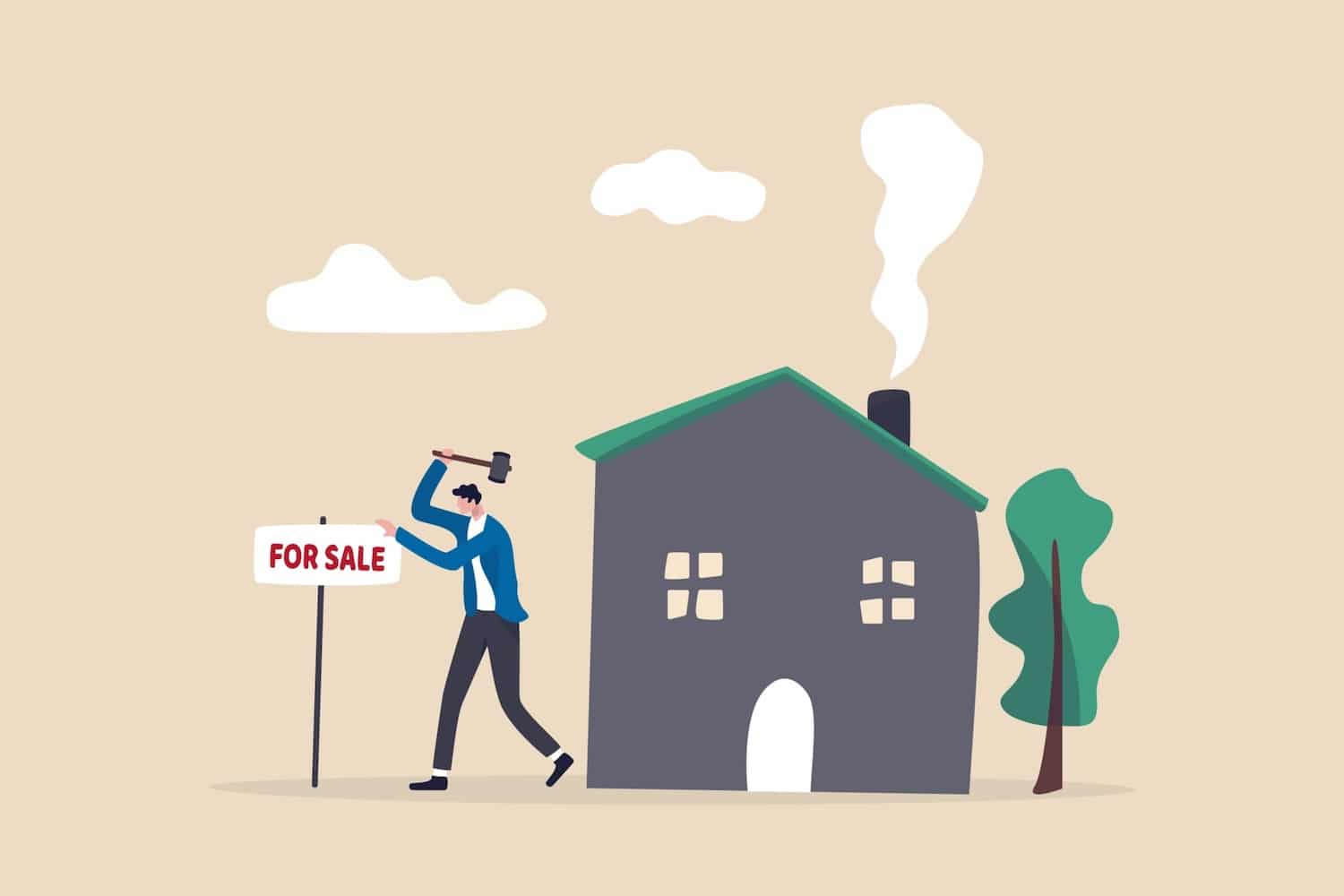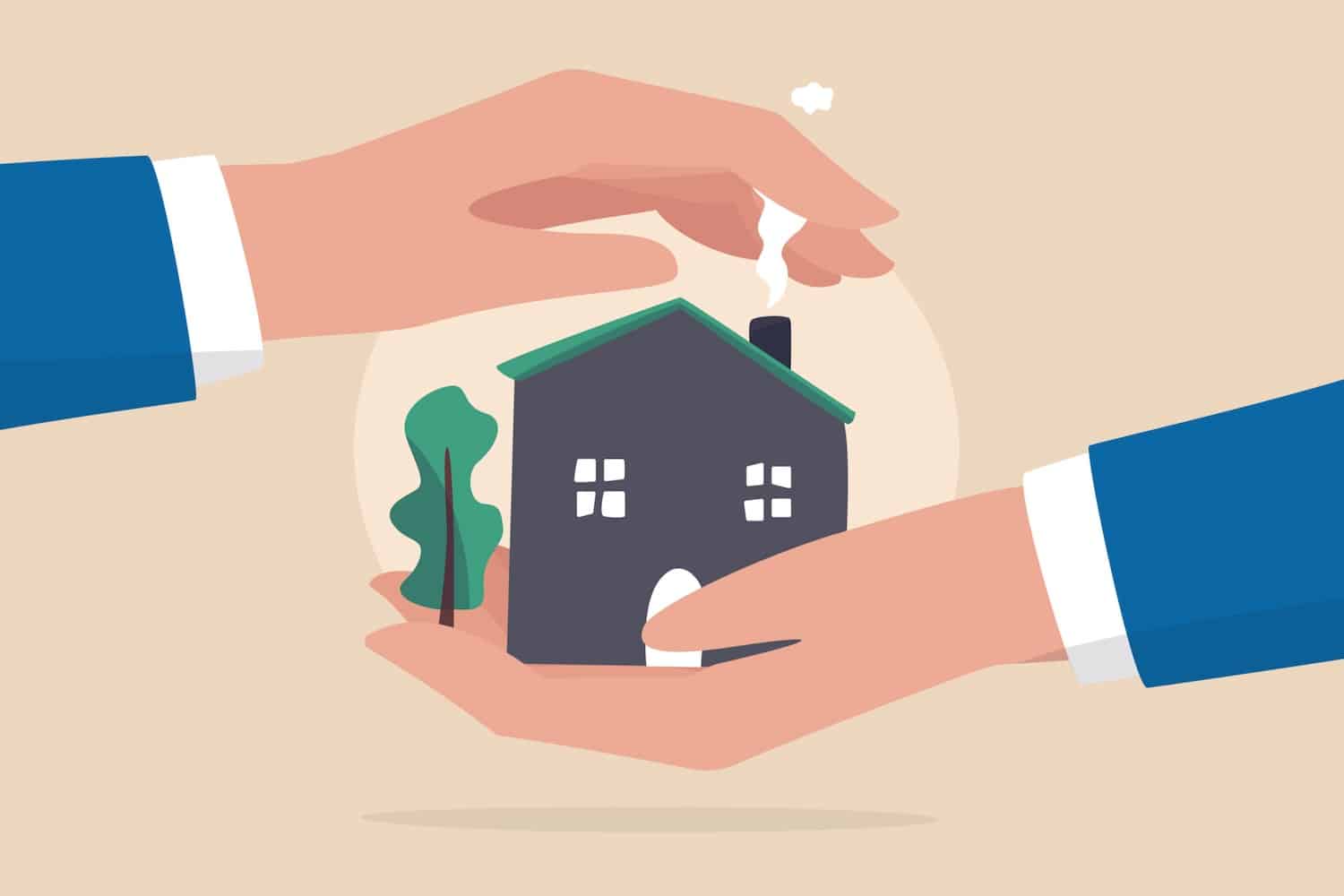Over 1.2 million households are on the social housing waitlist in the UK, which is a 5% increase over two years.
There needs to be more social housing homes to meet the very high demand.
Now, in the UK, there are nearly 104,510 people, including families living in temporary accommodation, which is the highest on record.
The amount of money the UK government spends on temporary accommodation alone is in the billions. It has been reported that at least £2.4 billion was spent in 2022/23 to try and tackle the ever-growing problem, and £1.7 billion of that figure was used to pay for temporary accommodation fees.
The areas affected the most within the UK are the North West and the North East, where Yield Investing are focusing our efforts on trying to help with the problem.
Now more than ever, it is essential that the housing shortage within the UK is addressed, and it has become a huge priority for the UK government. Research found that for every £1 invested in a social housing home, £2.84 is generated in the UK economy. This has a knock-on effect as this £1 saves £780 a year in housing benefits.
Investing in the UK social housing market is not only an ethical investment, as this will help solve an ever-growing problem, but also make it a safe and profitable financial investment for you as an investor and your investment portfolio.
What are Social Housing Lettings?
Social housing lettings are properties that social landlords own. Landlords buy a property and make the necessary changes to meet the regulatory standards required. Then, it’s rented by households at a lower rate than the private property sector. Yield Investing takes all the necessary steps for clients to source the properties and provide the required maintenance/upgrades for the property to be a social housing unit. This means all our properties are completed and income-generating from day 1 of ownership.
Authorities within the UK are focused on ensuring that all tenants and waiting tenants are in safe and well-maintained homes, and the homes must meet the local authority’s regulatory standards.
Local authorities and councils across the country manage more than 1.6 million homes. Billions are invested in social housing services each year, and the maintenance and repairs on these properties are included in that figure.
Social landlords can be a local authority or work closely with local authorities or councils. To be a social landlord, you must register with the Regulator of Social Housing linked to the local authorities or council within that area. They manage the social housing waiting list. A waiting list is required as more people are waiting for a social housing home than available.
Yield Investing has existing relationships with reputable housing providers across different regions to provide our clients with a done-for-you service.
Social and Affordable Housing Trends in 2022/23
In 2022-23, 63,605 social housing and affordable homes were delivered across the UK, an increase of 7% compared to previous years.
The Affordable Homes Programme ran from 2016 and ended in 2023. This programme provided government grant funding to housing providers. It was to be used to support social housing providers across the UK in costs to ensure homes were delivered to the people who needed them, and further funding has been announced in the form of the Social Decarbonisation Fund, which will run until 2025.
Delivery of Social and Affordable Housing
40,892 new social housing and affordable homes were available to rent in 2022-23, a 6% increase from the previous year. This helped ease the number of households on the waiting lists within the UK.
Private registered providers delivered 78% of affordable and social housing. At Yield Investing, we work very closely with a private registered provider to supply housing to those who need it. We also work closely with local authorities responsible for delivering 14% of social housing in England in 2022-23.
The Social Housing Deficit
Within the UK, more and more people are struggling to afford a secure home, and there still aren’t enough social housing homes available for those who need them.
Another problem is that according to Shelter England, 29,000 social homes were sold to private landlords or demolished last year, and less than 7,000 new social homes were built.
In the UK, the number of social housing homes available decreased by 1.4 million since the 1980s. Millions of these homes have been pushed into the private housing sector.
In the UK, we are seeing the lowest social housing rates that we’ve seen in decades. Since 1991, there has been a net loss of social housing homes each year of 24,000. This can be attributed to fewer social housing homes being built, demolished, or homes being bought and put into the private housing sector, resulting in the deficit.
Reasons for a Social Housing Deficit
According to Shelter England, the social housing deficit is due to:
- House Building: House building has halved over the last 50 years. In the 1960s, 3 million homes were built, compared to the 2010s, where only 1.3 million homes were built.
- House Prices: House prices compared to UK salary income have also risen. In 2000, homes cost 4 times the average salary, compared to 2021, where homes cost 8 times the average wage.
- Rise in Homelessness and Temporary Accommodation: There has been a dramatic rise in homelessness and, therefore, the need for temporary accommodation. In 2019, 40,000 households were considered homeless, which has more than doubled in 2020 to 95,000 households.
These issues are affecting so many people across the UK, who are being priced out of being able to own their own homes and then denied social housing. This means people take anything they can afford, typically damp, damaged and much smaller than they need.
The deficit has forced many families with low incomes, who should be benefiting from the social rental sector, into the private rental sector. People are being pushed into circumstances they just can’t afford, which can lead to them looking for temporary accommodation like hostels. This can further put people at risk of being homeless because they can’t keep up with the private rental payments.
Families and people across the UK are settling for temporary accommodation, where the number has more than doubled in the last decade. The last time numbers like this were seen was around 2007 when house prices skyrocketed.
The waiting list for social housing has flattened slightly since 2012. This isn’t due to those people being housed but because the local councils cut down the social housing waitlist due to the massive shortage of social homes. Because of this cut, the number of people in temporary housing peaked in 2020.
High Demand for Social Housing
The number of people who need a social home is rising. However, the number of social houses available is falling. There are currently around 1.4 million social homes available than there were in the 1980s.
The wait lists are lower. However, that is because, in 2011, the local councils and authorities were given more flexibility in managing waiting lists. Local authorities started to limit the people who could be put on the lists, and certain restrictions were put in place, such as living locally for a certain period. Despite their need for housing, anyone who did not fit the criteria was removed.
Investing in Social Housing
The amount of people who need social housing in the UK is on the rise, and more and more people are living in poor conditions, in temporary housing, or they are taking on privately rented properties that they simply can’t afford. The waitlists are getting longer and longer, with no sign of homelessness or social housing issues within the UK slowing down.
A warm and habitable home is a human need. However, there needs to be better quality low-cost homes in the UK for everyone who needs one, which is where Yield Investing can help.
Investing in social housing means investing in the long term, and if you’re seeking a high-yield investment, it’s perfect for you. This is a sector of housing that may be unique to investors but one that should be in everyone’s portfolio. Not only will you see a high yield on your investment, but you will also be helping to home some people who need it within the UK.
If you’re curious to explore social housing investments and how to invest purposefully to benefit society and your investment portfolio, contact our property advisors today to learn more about working with us.


